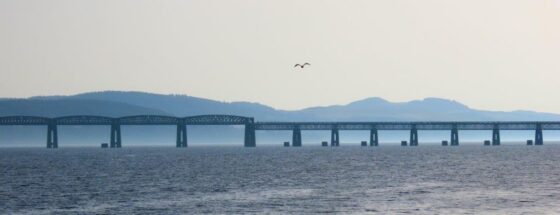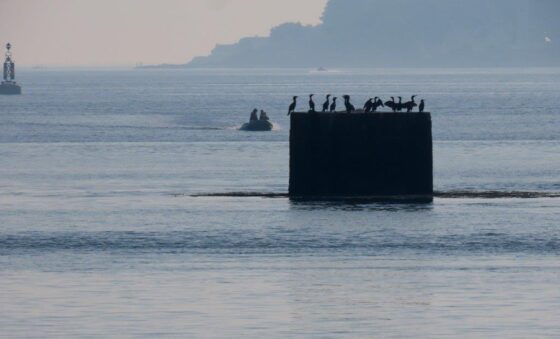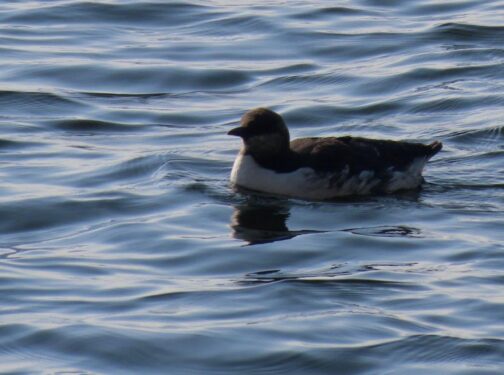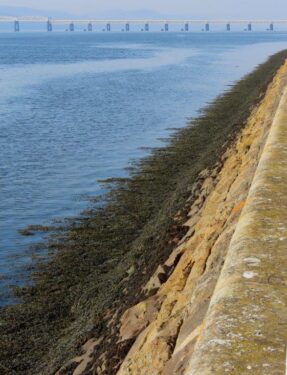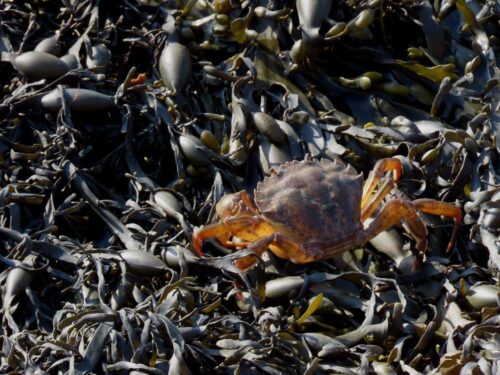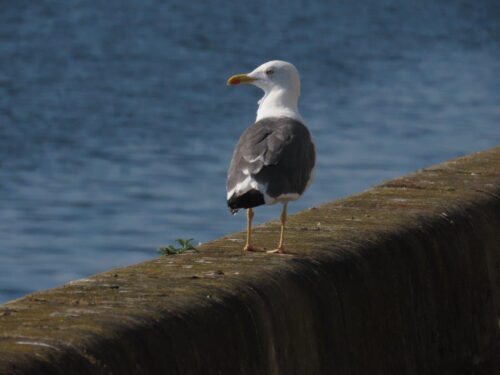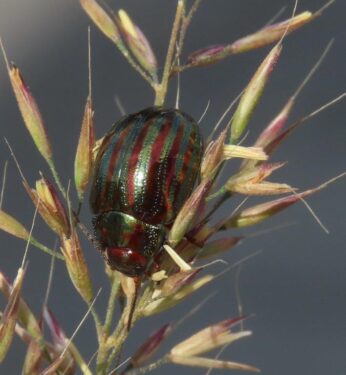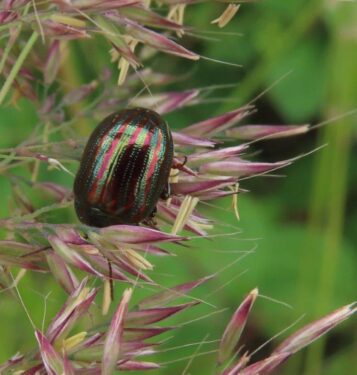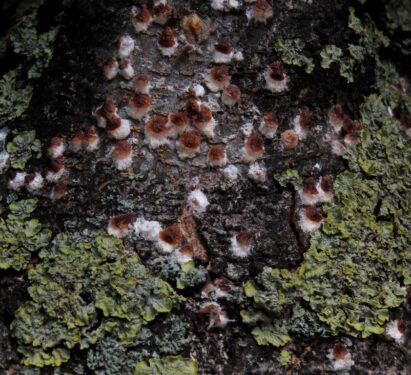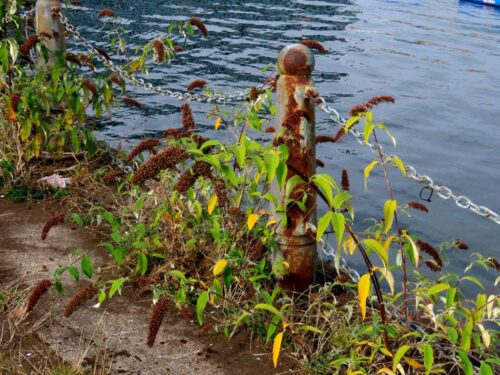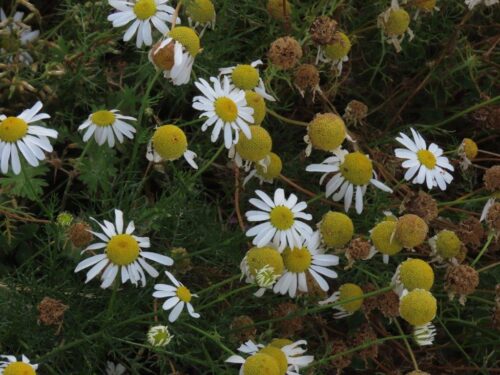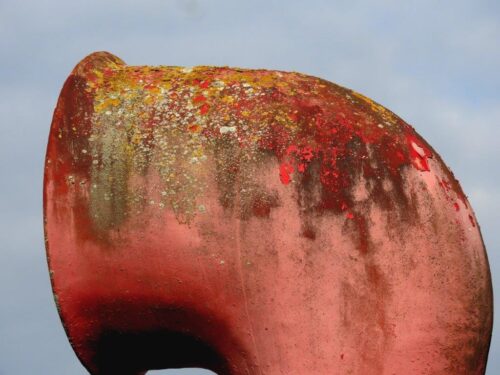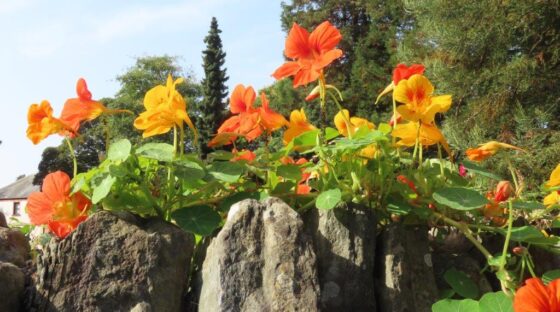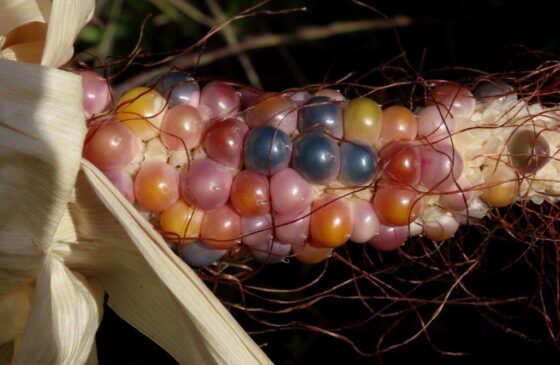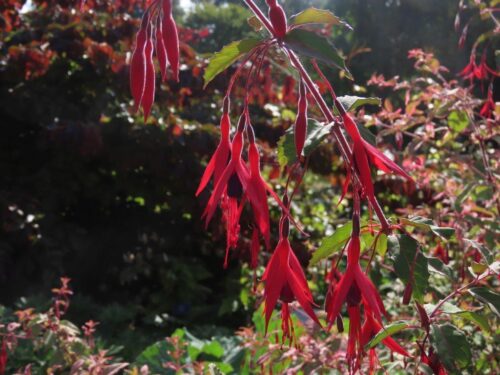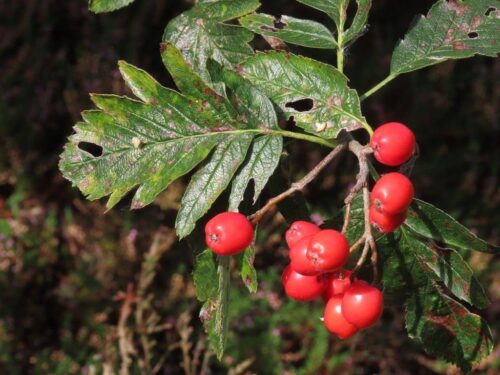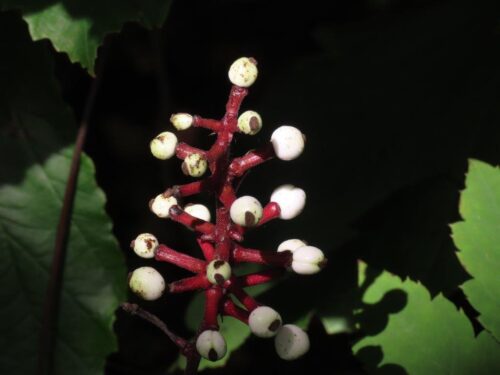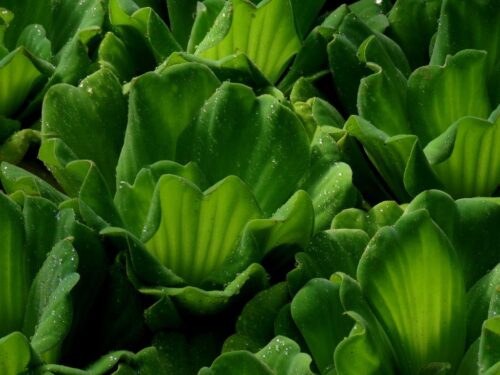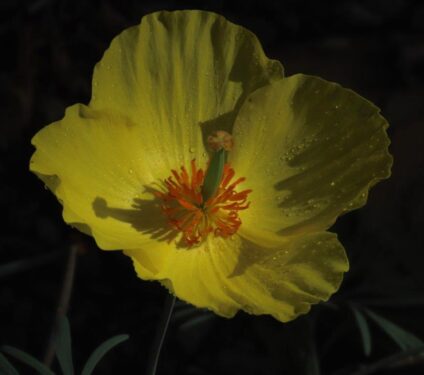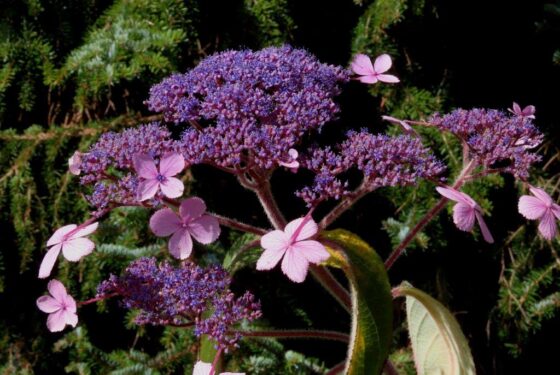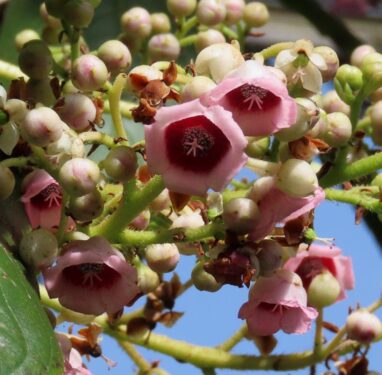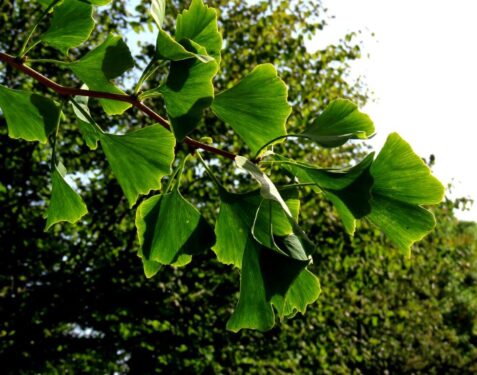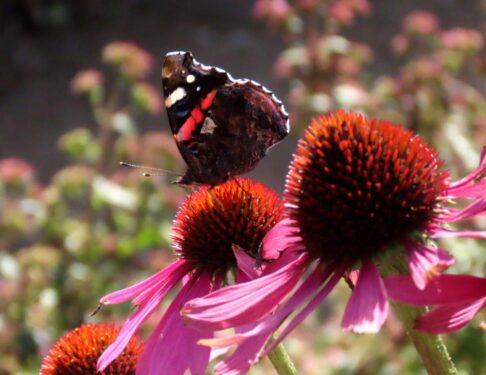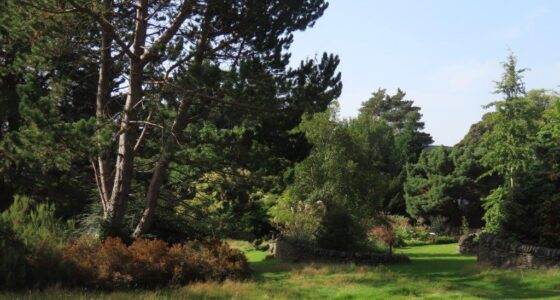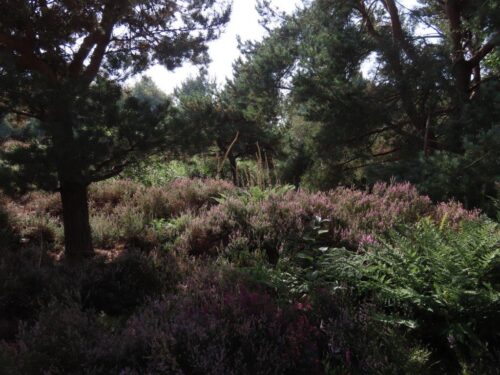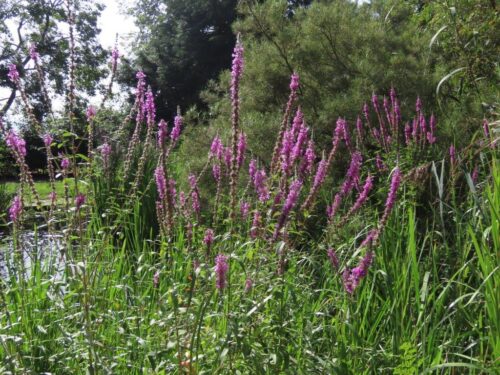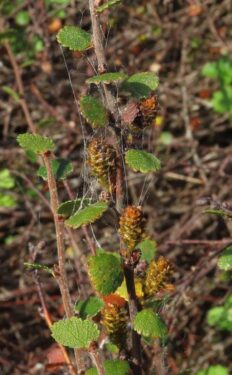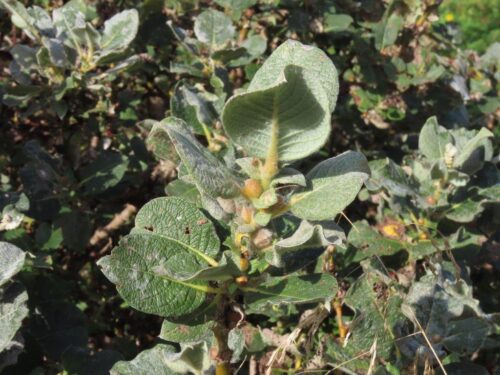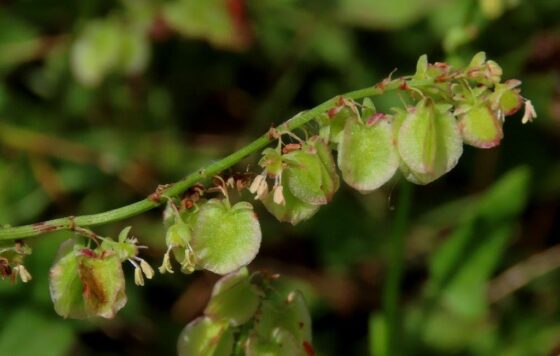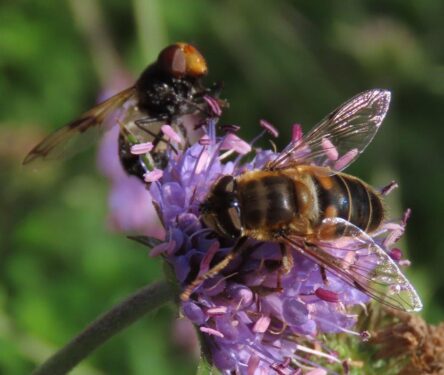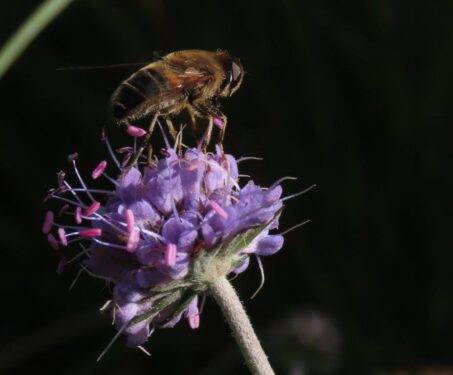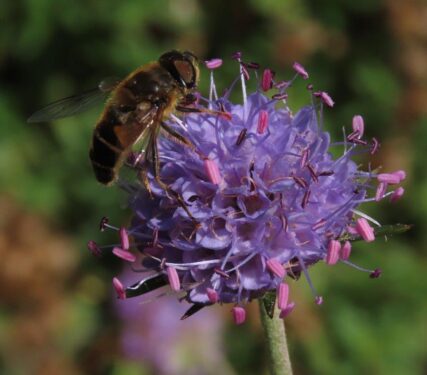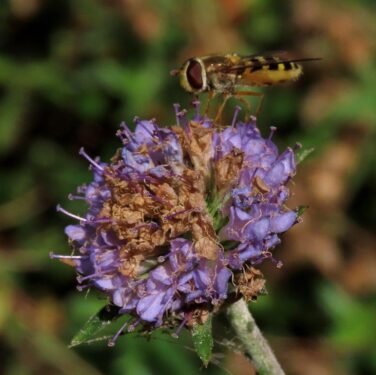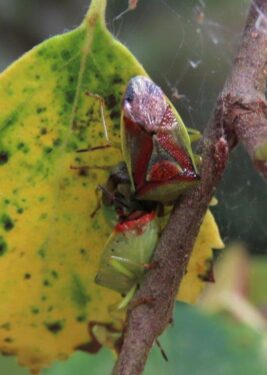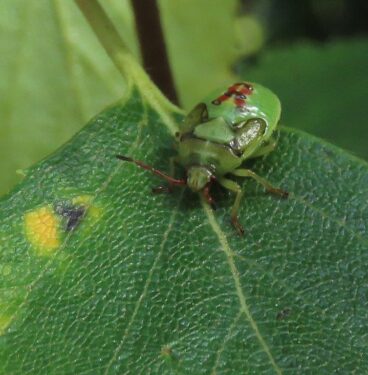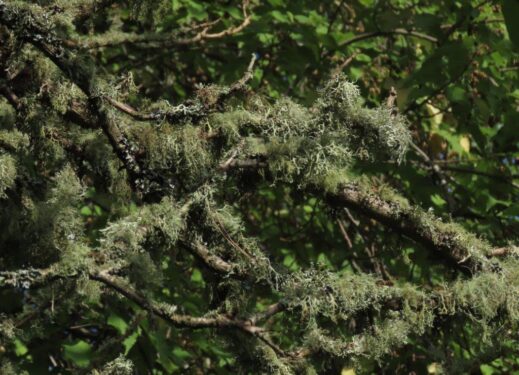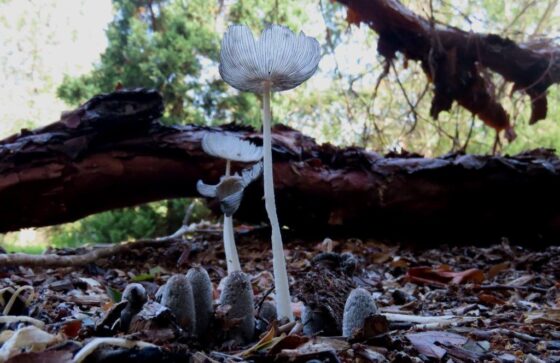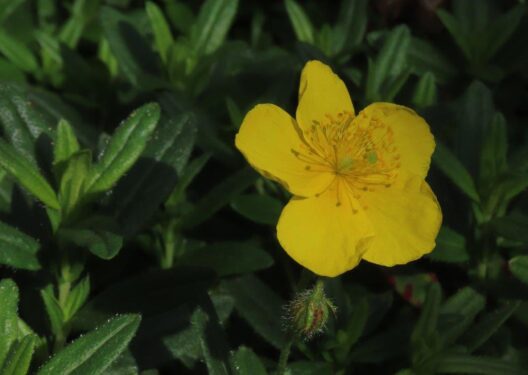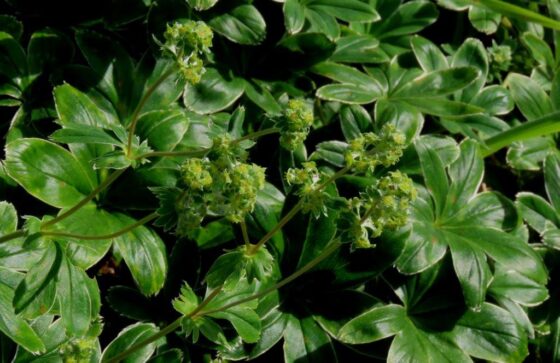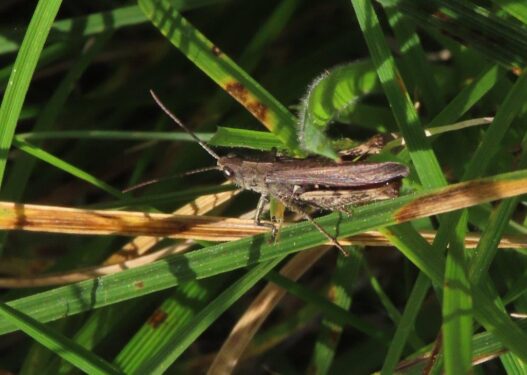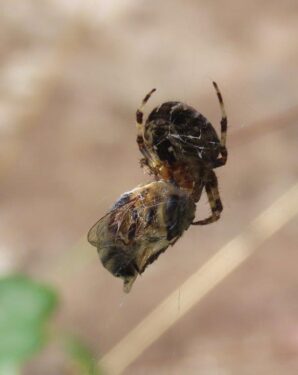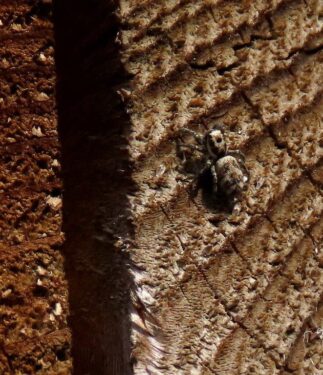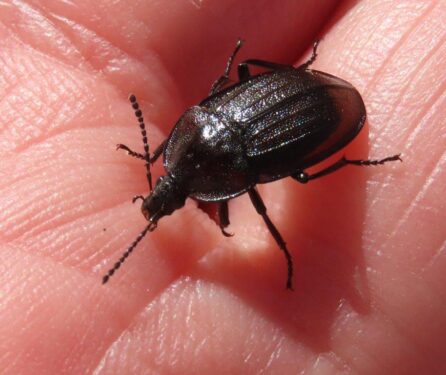Everywhere we go, whether countryside or city, we seek, and usually find, nature. In Dundee, it was right outside the hotel, with Guillemots and Cormorants fishing offshore, Shore Crabs scrambling through the exposed seaweed, and everywhere Lesser Black-backed Gulls seeking an easy meal from the outside tables.
Ornamental plantings around the V&A attracted our attention because of the dozens of Rosemary Beetles, here towards the northern end of their current range. But for some unknown reason there was not one on the various labiates (their recognised foodplants) planted there. All were on Stipa and other ornamental grasses, something we have never seen before; a plea on Twitter failed to come up with an adequate explanation, nor indeed other examples of this mystery phenomenon.
One of the main street trees around the redevelopment of the waterfront are a form of Elm, and on many of the larger specimens, the trunks were patterned with lichens and Horse Chestnut Scale-insects.
Around the old Victoria Dock, as is typical of such former industrial areas, a brownfield flora has established, Buddleia being a major component, mixed with a few maritime species like Sea Mayweed.
And the funnel of the rusting lightship has been colonised by very artistic lichenscapes, no doubt in part a result of the nutrient from bird droppings.
The Botanic Garden was just lovely, one of the better such gardens of the many we have visited in my opinion.
Of course it featured many attractive and interesting plants from around the world…
…. many of which were feeding insects in the warm, sunny weather.
At the heart of the garden is a very impressive attempt to recreate the full range of locally native habitats, from sand dunes, to Caledonian pine forest and montane cliffs.
These habitat zones were a great opportunity to see rarities that need a hard slog and much remote searching to find in the wild, such as Dwarf Birch, Mountain Sorrel and Woolly Willow…
… while Devil’s-bit Scabious in full flower seemed an irresistible draw to numerous hoverflies.
From Birch Shield-bugs on the Silver Birch trees to epiphytic lichens in the branches, and fungi sprouting from the mulch, the whole area hosted the whole spectrum of native wildlife…
… including a distinctively shaped, blackish carrion beetle (playing dead at first) we identified as Phosphuga atrata, something we haven’t seen before although it is widespread across the country.
Always something of interest to find in a new area, but after a couple of days it was time to get back onto the train to head up the coast to Aberdeen…
